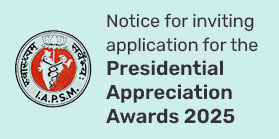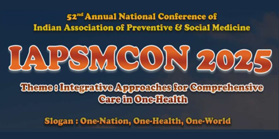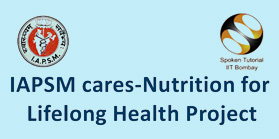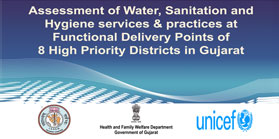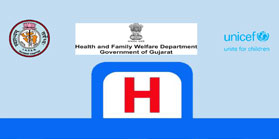Evolution
Over the period; medical science has evolved from the supernatural theory to a modern science. The subject Preventive & Social Medicine (PSM) is the relatively newer discipline conceptualized in the early twentieth century. Even after its conception, it has kept on growing and changed. It started as only preventive medicine which was to be applied to healthy people, customarily by actions affecting large population, with primary objective to disease prevention and health promotion.
Later on a social medicine which emphasizes the strong relationships between medicine and social science, and deals with more of study of epidemiology and medical care of society came on the surface.
The First World Medical Education Conference that met in London in August 1953 reviewed aim and content of the medical curriculum, the technique and method of education, and the importance of preventive and social medicine in the training of physicians. The Medical Education Conference organized by the Government of India in 1955 after the World Medical Education Conference recommended major reforms in medical education in India.
During this conference it was recommended that each medical college should have a Preventive and Social Medicine Department with fulltime staff. The teaching of Preventive and Social Medicine should start from the very beginning and continue throughout the period of training including the period of internship.
The functions of the Preventive and Social Medicine Department should be integrated with the teaching of the other departments along with a co-ordinated outpatient service. This department should have rural and urban health centres which will give the necessary facilities for rural training. A separate examination in Preventive and Social Medicine should be made part of the final M.B.B.S.
Another discipline, Public Health; borne out of a sanitary awakening movement following the industrial revolution and its consequences on the people’s health on the western sphere of the world in the early nineteenth century and largely dealing with sanitation and hygiene, i.e. clean water, clean surroundings, wholesome conditions of houses, control of offensive trades, etc. also shares some common objectives and areas.
All the three disciples are standing on the common foundation and are sharing many common areas, hence the term and role of these disciplines are many time used interchangeably, hence now a day the comprehensive terminology Community Medicine are also advocated by many people. Thus, Community Medicine is developed as a specialist discipline of medicine which acts as a link between health services and Clinical science.



